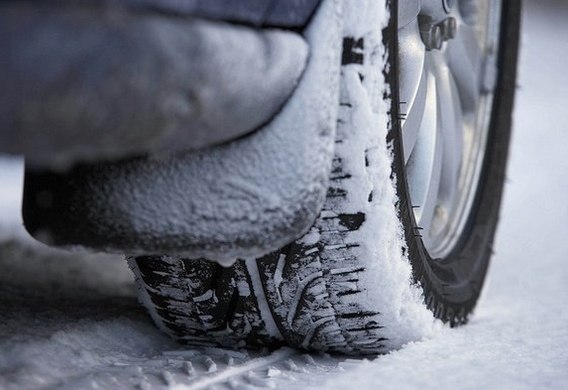
The question of whether or not to regulate the seasonal change of rubber is discussed for a long time. At the end of 2014, the media in one voice said that Russia had finally adopted the "winter rubber law".
In fact, we are talking about the entry into force of the Technical Regulations of the Customs Union 018/2011 "On the safety of wheeled vehicles", which deals with the use of winter rubber.
The new technical regulation entered into force on January 1, 2015, and it states that drivers should use the rubber type, which corresponds to the calendar season. Winter (in December, January and February) is a winter summer (from June to August).
In addition, the document provides for the possibility of increasing these terms in accordance with regional weather conditions. In other words, in regions with a harsh climate, where winter lasts longer, the presence of winter rubber can be verified earlier than December 1. The local authorities should set a specific time frame.
The rules do not oblige the winter to use a rubber band (this is mistakenly feared by many motorists). You can ride both Velcro and the "Jesper" in peace.

Can the ticket be fined for summer rubber in January 2015? NO! NO! All types of punishment for drivers are prescribed in the Code of Administrative Offences, and there is nothing about the lack of technical compliance.
How did the winter rubber law and possible penalties for its absence come from? The fact is that on 1 January 2015 the amendments to the "Basic provisions for the admission of vehicles to the operation and duties of road safety officials" entered into force.
In particular, the concept of "winter rubber" itself is introduced. So, according to the document, snow tires must be marked (M + S, M&S or MS), a mountain with snowflake in the center (a pictogram indicating the winter rubber) and a height of at least 4 mm (for a lightweight). The minimum allowable height of the protector of the passenger car is 1.6 mm. Of course, any rubber should not have a cut, spleen or uneven wear.
And for the violation of the "Basic Provisions ..." in the Code of Administrative Offences, there is a fine. The use of rubber that does not meet the requirements of this document is a violation of article. 12.5. "Vehicle management in case of malfunction or conditions under which the use of vehicles is prohibited". The fine is 500 rubles (at best, the inspector may limit himself to a warning).
Thus, in 2016, the inspector has the right to fine you if you are travelling on winter rubber with a height of less than 4 mm or with a summer tread less than 1.6 mm (in other words, "bald" rubber). At the same time, he has no right to write a fine for driving winter in summer rubber, as it is not prescribed in the Code of Administrative Offences.







